- 全部删除
 您的购物车当前为空
您的购物车当前为空
Carbon-13 Labeled Compounds
碳-13 标记化合物是其中一个或多个碳原子被稳定同位素碳-13(¹³C)取代的化合物。碳-13 比最常见的碳同位素碳-12(¹²C)多一个中子,因此它更重但稳定且无放射性。
- L-Lysine-13C6-15N2 HydrochlorideTMIJ-03801200447-00-2L-Lysine-13C6-15N2 Hydrochloride 是一种 13C 和 15N 标记的 L-Lysine hydrochloride。L-lysine hydrochloride 是人类必需的氨基酸,也是一种常见的食品添加剂,需要通过饮食摄入。L-lysine hydrochloride 可刺激胃蛋白酶与胃酸的分泌,提高胃液分泌功效,促进幼儿生长与发育。
- ¥ 415
规格数量 - Phenol-13C6T3803589059-34-7Phenol-13C6 是一种 13C 标记的 Phenol。Phenol 是一种重要的化化工原材料,可用用于制造杀菌剂和除草剂。
- ¥ 413
规格数量 - L-Leucine-1-13CT3281174292-94-7L-Leucine-1-13C (L-Leucine-13C)是一种 13C 标记的 L-Leucine,显著增强了 GLP-4 的亲和力。
- ¥ 242
规格数量 - Vancomycin-C13,D3TMID-0283Vancomycin-C13,D3 是一种由 13C 和 2H 标记的化合物。Vancomycin 是一种糖肽类抗生素,可以通过改变细胞膜的渗透性并选择性地抑制核糖核酸的合成以发挥抗菌活性。
- ¥ 40600
规格数量 - Apalutamide-13C-d3TMIH-0092Apalutamide-13C-d3 (RN-509-13C,d3) 是一种 13C 和 2H 标记的 Apalutamide。Apalutamide 是高效性的雄激素受体 (AR) 拮抗剂,可用于研究前列腺疾病。
- ¥ 4980
规格数量 - Riluzole-13C,15N2T376081215552-03-6Riluzole-13C,15N2 (PK 26124-13C,15N2) 是 13C 和 15N 标记的 Riluzole。 Riluzole 是一种谷氨酸拮抗剂,具有抗惊厥活性,抑制 GABA 摄取,可用于研究肌萎缩侧索硬化症。
- ¥ 6370
规格数量 - Binimetinib-13C-d3TMIH-0117Binimetinib-13C-d3(比美替尼-13C-d3,MEK162-13C-d3)是Binimetinib的同位素标记化合物,可用于示踪。Binimetinib (ARRY-162) 是一种选择性的MEK1/2 抑制剂,用于治疗黑色素瘤。
- ¥ 5880
规格数量 - Apixaban 13C,d3T103491261393-15-0Apixaban 13C,d3是Apixaban的氘代标记物,可用于同位素示踪。 是一种选择性的凝血因子 Xa (Factor Xa) 抑制剂,用于研究血栓栓塞。
- ¥ 2250
规格数量 - Cyanuric acid-13C3T39424201996-37-4Cyanuric acid-13C3是Cyanuric acid的13C标记化合物,可用于同位素示踪。Cyanuric acid是三嗪类化合物、杀菌剂和除草剂。
- ¥ 1390
规格数量 - Vadadustat-13C2-15NTMIH-0591Vadadustat-13C2-15N 是 Vadadustat 的 13C 和 15N 的标记化合物。Vadadustat 的 CAS 号为 1000025-07-9。Vadadustat 是一种可滴定口服的缺氧诱导因子脯氨酰羟化酶 (HIF-PH) 抑制剂,是一种促红细胞生成剂,在动物慢性肾脏疾病模型中,有用于贫血的研究潜力。
- ¥ 5880
规格数量 - 13C-d3-AOH1996TMIH-002513C-d3-AOH1996 是 AOH1996 的 13C 和氘代化合物。AOH1996 的 CAS 号为 2089314-64-5。AOH1996 是一种具有口服活性的复制体组分 PCNA (增殖细胞核抗原) 配体,靶向转录-复制冲突 (TRC)。AOH1996 可干扰 PCNA 与其结合蛋白的相互作用,导致 DNA 复制应激,诱导细胞凋亡 (apoptosis)。AOH1996 通过稳定 PCNA 和 RNA 聚合酶 II 的相互作用从而导致蛋白酶体依赖的 rpb1 降解和致命的 DNA 损伤。AOH1996 与 DNA 损伤剂具有协同作用,可抑制肿瘤细胞生长。
- ¥ 7840
规格数量 - Taltirelin-13C-d3TMIH-0550Taltirelin-13C-d3 是 Taltirelin 的 13C 和氘代化合物。Taltirelin 的 CAS 号为 103300-74-9。Taltirelin 是促甲状腺激素释放激素受体(TRH-R)超激动剂(IC50:910 nM),能够刺激细胞溶质Ca2+浓度增加 (Ca2+释放) (EC50:36 nM)。
- ¥ 7840
规格数量 - Nicergoline-13C-d3TMIJ-0251Nicergoline-13C-d3 是 Nicergoline 的 13C 和氘代化合物。Nicergoline 的 CAS 号为 27848-84-6。Nicergoline 是一种有效的,选择性的、具有口服活性的α1A-肾上腺素能受体拮抗剂,是一种溴烟碱酸的麦角林衍生物。它具有血管舒张作用,可以改善阿尔茨海默症小鼠的认知功能。
- 待询
规格数量 - Sofosbuvir-13C-d3TMIH-0524Sofosbuvir-13C-d3 是 Sofosbuvir 的 13C 和氘代化合物。Sofosbuvir 的 CAS 号为 1190307-88-0。Sofosbuvir 是一种丙型肝炎病毒聚合酶 NS5B 的尿苷单磷酸类似物抑制剂,用作治疗慢性丙型肝炎的抗病毒剂。
- ¥ 5880
规格数量 - Benzophenone-13C (carbonyl-13C)TMIJ-052232488-48-5Benzophenone-13C (carbonyl-13C) 是 Benzophenone 的 13C 的标记化合物。Benzophenone 的 CAS 号为 119-61-9。
- 待询
规格数量 - Riociguat-13C-d6TMIH-04971304478-43-0Riociguat-13C-d6 是 Riociguat 的 13C 和氘代化合物。Riociguat 的 CAS 号为 625115-55-1。Riociguat 是一种鸟苷酸环化酶的刺激剂,可导致血管平滑肌松弛,用于治疗严重的肺动脉高压。
- ¥ 6400
规格数量 - Oleic Acid-13CT3569582005-44-5Oleic acid-13C is intended for use as an internal standard for the quantification of oleic acid by GC- or LC-MS. Oleic acid is a monounsaturated fatty acid and a major component of membrane phospholipids that has been found in human plasma, cell membranes, and adipose tissue.1,2 It contributes approximately 17% of the total fatty acids esterified to phosphatidylcholine, the major phospholipid class in porcine platelets.1 Oleic acid inhibits collagen-stimulated platelet aggregation by approximately 90% when used at a concentration of 10 μg ml. It also inhibits fMLF-induced neutrophil aggregation and degranulation by 55 and 68%, respectively, when used at a concentration of 5 μM, similar to arachidonic acid .3 Oleic acid (60 μM) induces release of intracellular calcium in human platelets.4
- ¥ 987
规格数量 - Ethyl Acetate-13C2TMIJ-052584508-45-2Ethyl Acetate-13C2 是 Ethyl Acetate 的 13C 的标记化合物。Ethyl Acetate 的 CAS 号为 141-78-6。
- 待询
规格数量 - 3,3',5-Triiodothyronine-(tyrosine ring-13C6)TMID-01061213431-76-53,3',5-Triiodothyronine-(tyrosine ring-13C6) 是 3,3',5-Triiodothyronine 的 13C 的标记化合物。3,3',5-Triiodothyronine 的 CAS 号为 5817-39-0。
- 待询
规格数量 - Alosetron-13C-d3TMIJ-0066Alosetron-13C-d3 是 Alosetron 的 13C 和氘代化合物。Alosetron 的 CAS 号为 122852-42-0。
- 待询
规格数量 - 5-Hydroxy Saxagliptin-13C-d2 HClTMIJ-01265-Hydroxy Saxagliptin-13C-d2 HCl 是 5-Hydroxy Saxagliptin HCl 的 13C 和氘代化合物。5-Hydroxy Saxagliptin HCl 的 CAS 号为 841302-24-7。
- 待询
规格数量 - 5-Fluorouracil-13C,15N2T368951189423-58-25-Fluorouracil-13C,15N2 is intended for use as an internal standard for the quantification of 5-flurouracil by GC- or LC-MS. 5-Fluorouracil is a pyrimidine analog that irreversibly inhibits thymidylate synthase, blocking the synthesis of thymidine which is required for DNA synthesis. Intracellular metabolites of 5-fluorouracil exert cytotoxic effects by either inhibiting thymidylate synthetase, or through incorporation into RNA and DNA, ultimately initiating apoptosis.
- ¥ 5860
规格数量
转到第1页
/ 4 页










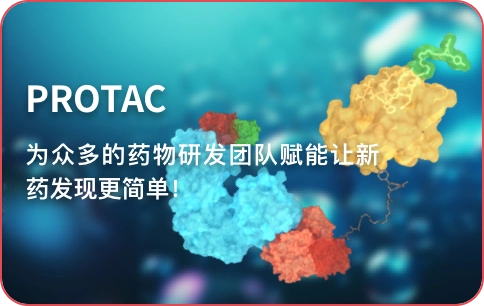





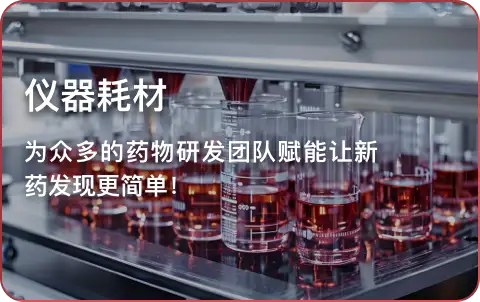
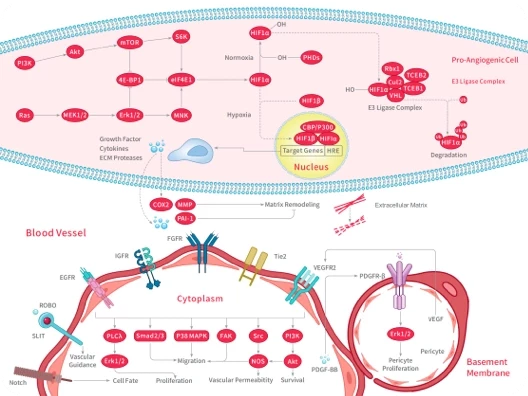
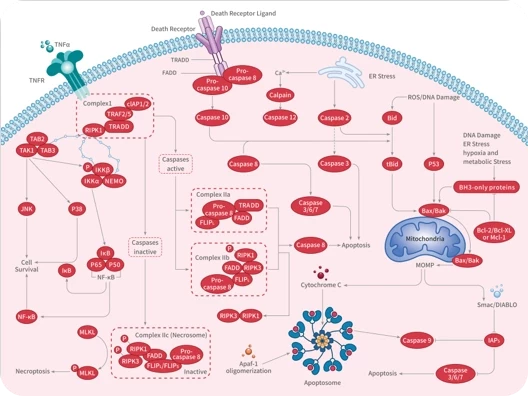
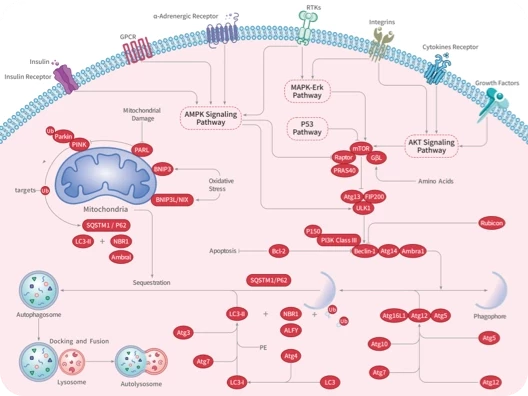

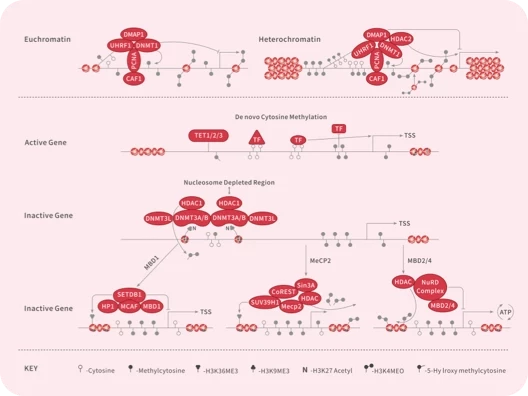
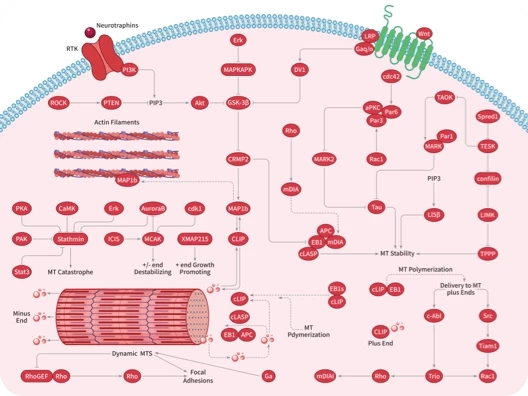
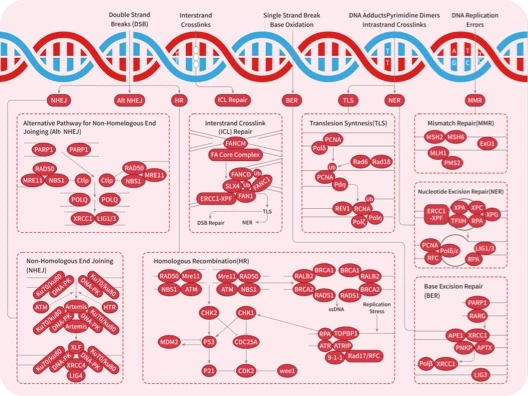
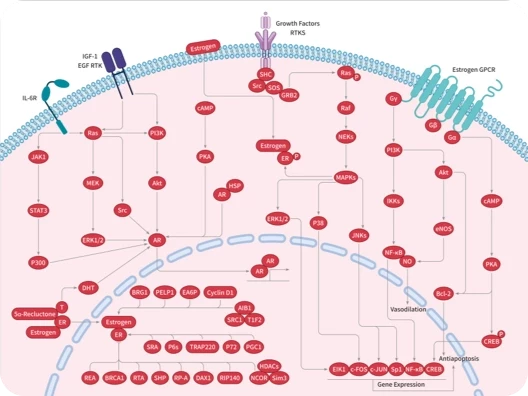
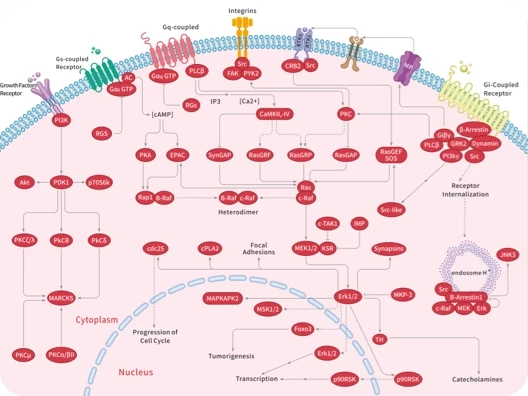
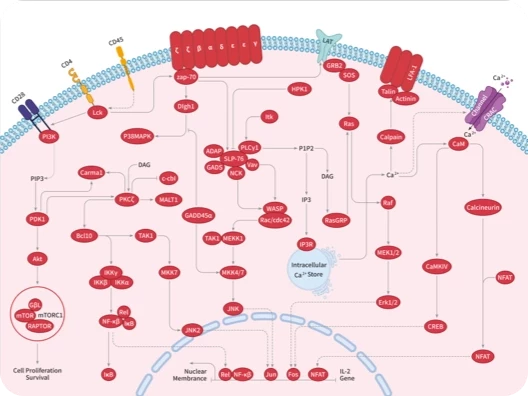
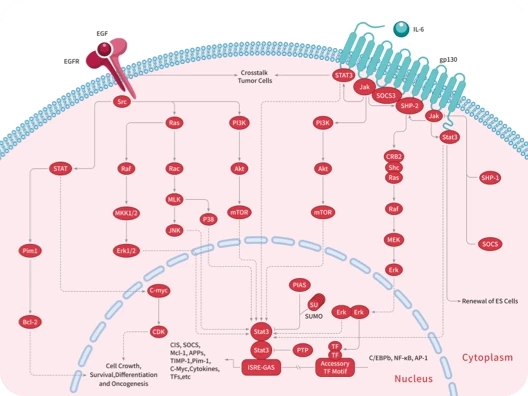
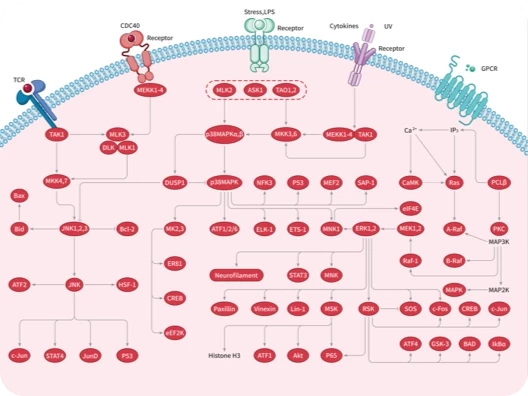
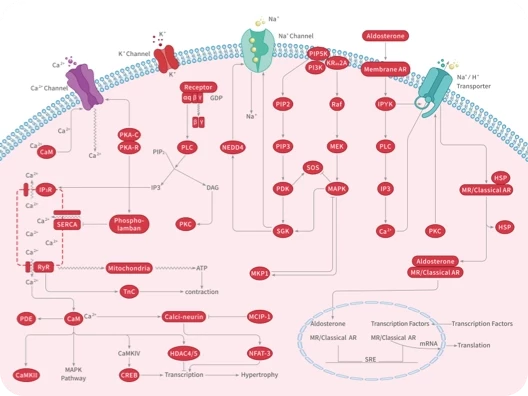
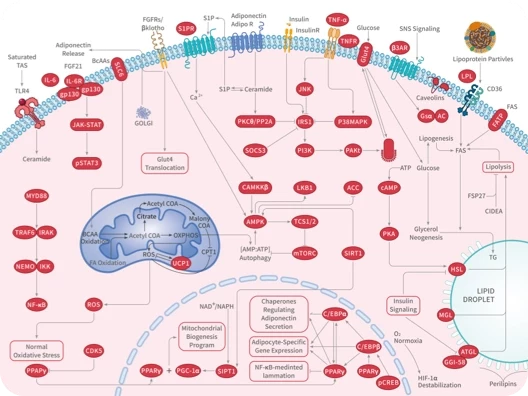
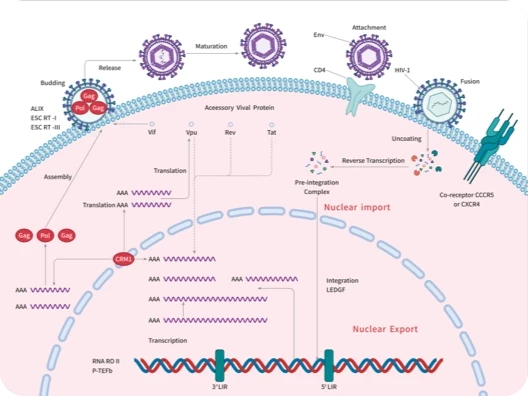


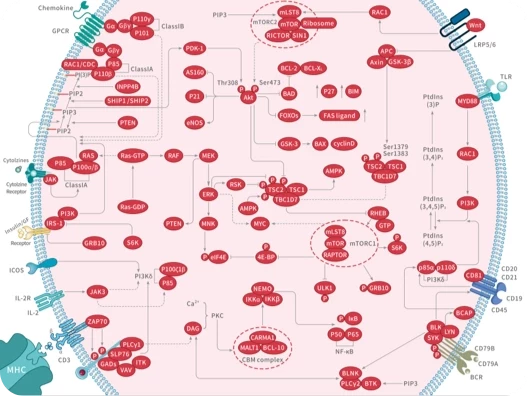
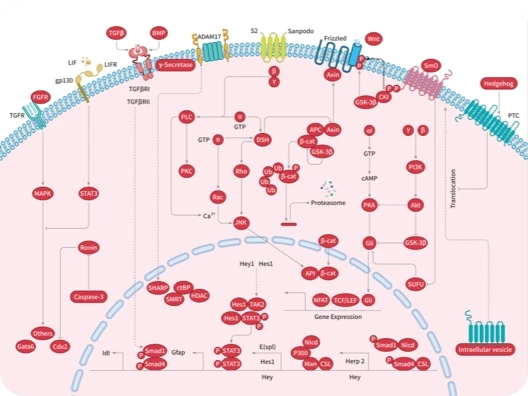

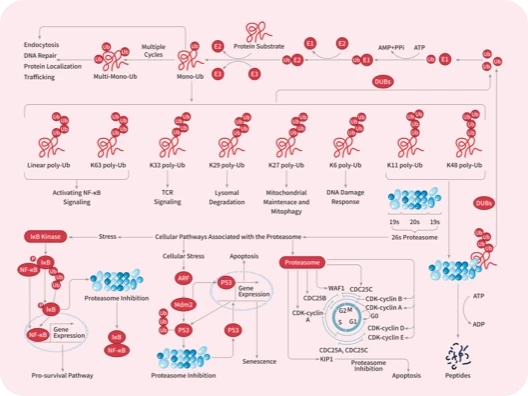

 |
|